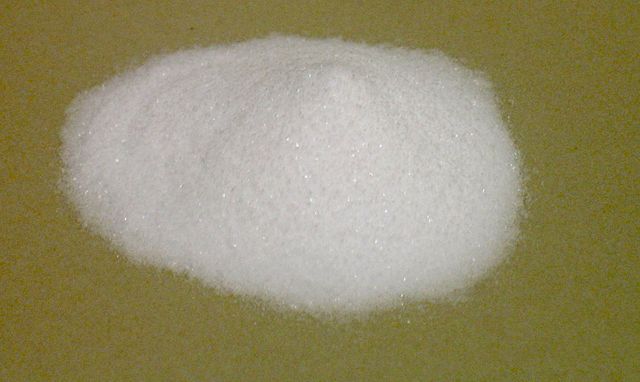
In our job each day technology, product functionality and innovative solutions,
advanced design and research are alive and as important as imagination and
care
over detail, passion for natural materials and handicraft
workmanship,
attention
to safety and respect for the environment.

The environmental-friendly kitchen - the Riciclantica door is the utmost expression of a design based on dematerialisation and is made of an extremely resistant structural aluminium frame together with a sophisticated decor panel that is only 2mm thick. The use of special materials such as carbon, aluminium, steel or layered laminate, the very accurate planning of construction details – for example, the inside of the new frame appears aesthetically pure because of the total absence of screws and hole caps – and the absolute resistance of all door versions to water, steam and heat, contribute to making the Riciclantica door unique in the furniture sector. Riciclantica is a kitchen designed to have a low impact on the environment and represents the most advanced technology to express the shape of lightness. Thanks to research into and application of special innovative technologies, this door respects the four basic principles of environmental-friendliness: minimum consumption of raw materials and energy, durability, recyclability and non-toxic finishes.

"With showrooms all over the United States, Valcucine prides itself on building the most functionally stylish, energy-conscious products around.
From cabinet doors made from recycled materials to bookshelves that boast an aluminum core, a Valcucine kitchen is a green builder’s dream project. The company’s sensitivity to all things eco is apparent from its elimination of formaldehyde and synthetic finishes to its earth-friendly production. "( ecofabulous: That's One Handsome Italian )
From cabinet doors made from recycled materials to bookshelves that boast an aluminum core, a Valcucine kitchen is a green builder’s dream project. The company’s sensitivity to all things eco is apparent from its elimination of formaldehyde and synthetic finishes to its earth-friendly production. "( ecofabulous: That's One Handsome Italian )
Recommended for 'XXI Compasso d'Oro' prize.
-->
Technorati Tags:trends, design, furniture, interior design, news, home furnishings
.jpg)









 Interesting idea -
even if not used for edible plants. It is a beautiful small accent in your interior :)
Interesting idea -
even if not used for edible plants. It is a beautiful small accent in your interior :)


